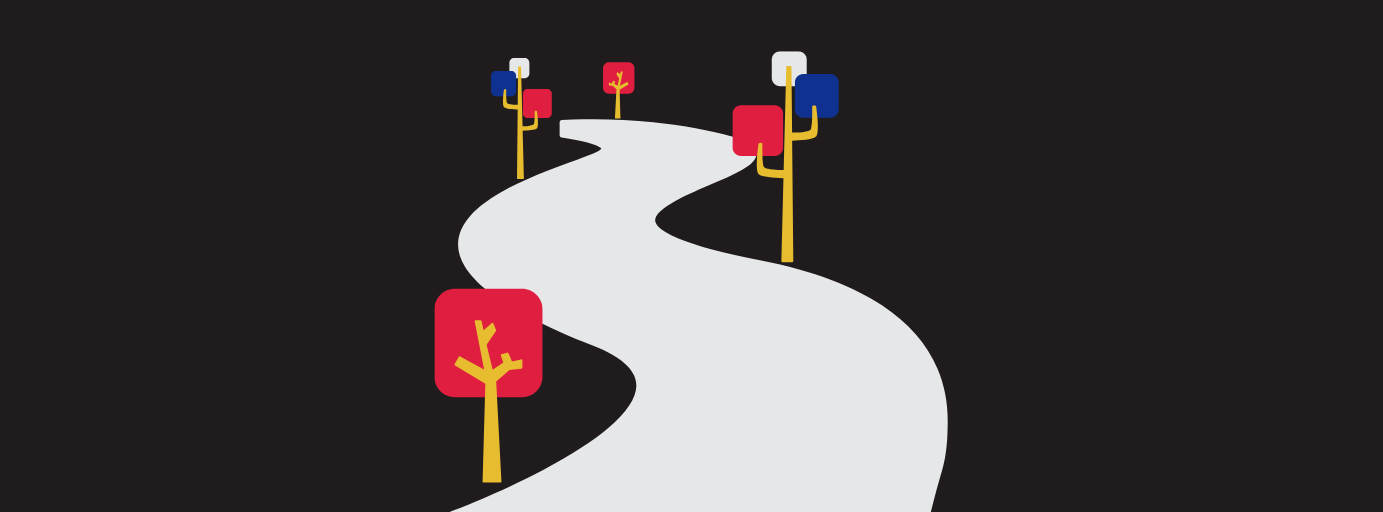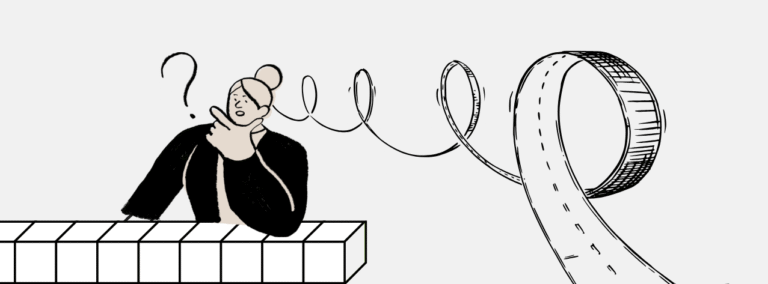When I think about design, I don’t just think about aesthetics. I think about pathways. Every website, every resource, every tutorial I create is like a map — helping people navigate more clearly, especially those who aren’t “tech-savvy” but need technology to deliver their purpose.
In recent years, working with therapists and collaborating with organizations like the BCRPVPA, I’ve learned that empathy is the true bridge between technology and people. Building a website isn’t just about launching pages online — it’s about understanding how each detail will impact real lives: from the professional booking clients, to the patient looking for help in a vulnerable moment.
There’s also a personal layer here: I’m part of the Millennial generation. We lived through a quirky in-between era. We sent faxes, used payphones with coins, rewound cassette tapes with a pen, and got up to change the TV channel. Then we were also the first to set up Hotmail accounts, chat on MSN or ICQ, and wait for the screech of dial-up internet to connect. That mix of analogue and digital gave us a unique perspective on adaptation — we understand both the “old school” patience and the “new school” need for speed.
That’s why I care so much about clear, accessible resources. A well-made video tutorial can turn hesitation into confidence.
🎥 Watch this: Empathy in Design — Three Strategies to Build Empathy (YouTube) — a short video showing practical ways to build empathy into the design process.
A simple knowledge base can save hours of frustration. And tools like Loom, Scribe, and other documentation platforms have become my go-to allies for training and supporting clients who don’t work in tech every day.
For me, teaching and communication aren’t extras — they’re part of the design itself. Because design doesn’t end when the site goes live; it lives on in how it’s used, updated, and trusted over time.
Designing pathways with care means making technology less of a barrier and more of a support — creating clear, empathetic, and functional systems so professionals can focus on what really matters: their work and their mission.
Top 10 Tips for Efficient Solutions and Implementations (for teams or clients)
- Start with empathy – Understand your client’s or team’s comfort level with technology before choosing tools.
- Choose tools wisely – Fewer, integrated platforms (like Google Workspace or Notion) often work better than juggling too many apps.
- Document everything – Use tools like Scribe or Confluence to keep SOPs and step-by-step guides accessible.
- Leverage video – Record Loom walkthroughs to explain processes visually and save time on repeated explanations.
- Keep it simple – Avoid jargon. Use plain language so non-technical users feel confident.
- Centralize resources – Store guides, tutorials, and FAQs in one easy-to-find place.
- Build small wins – Roll out new tools or systems in phases so adoption feels manageable.
- Train with repetition – Offer short refreshers or “micro-trainings” instead of overwhelming sessions.
- Encourage feedback – Ask clients or team members what’s working and what still feels confusing.
- Update regularly – Technology changes fast. Review and refresh resources so they stay relevant and trustworthy.
At the end of the day, tools and systems are only as strong as the pathways we design for people to actually use them. Whether it’s a therapist managing a practice, a team learning a new workflow, or a client navigating a website, the goal is always the same: clarity, confidence, and connection.




